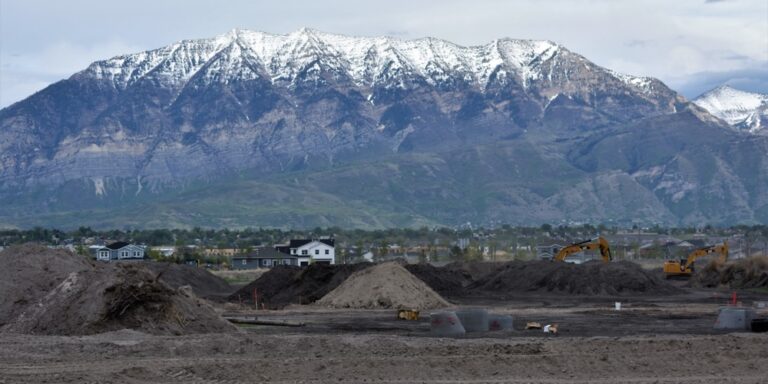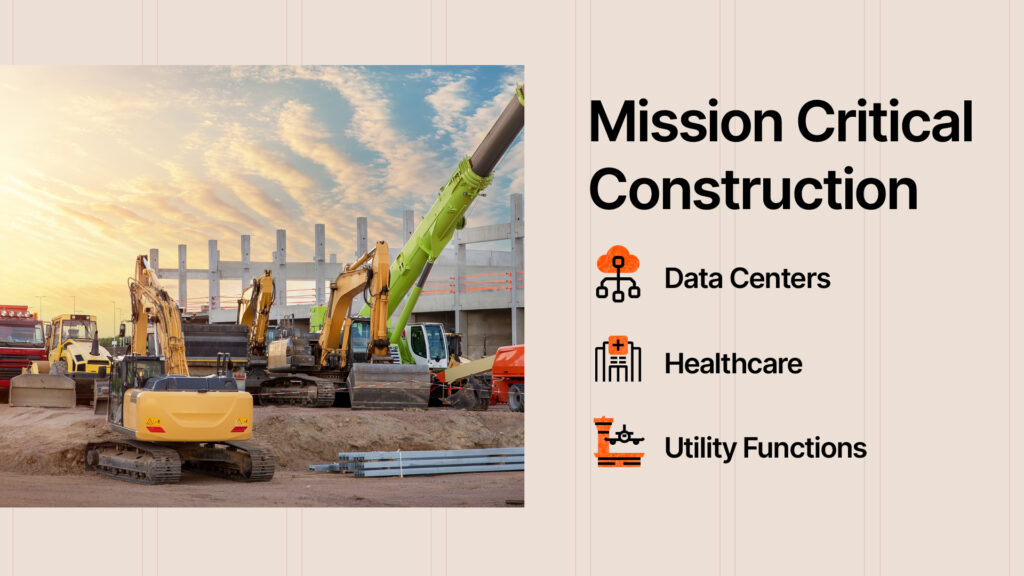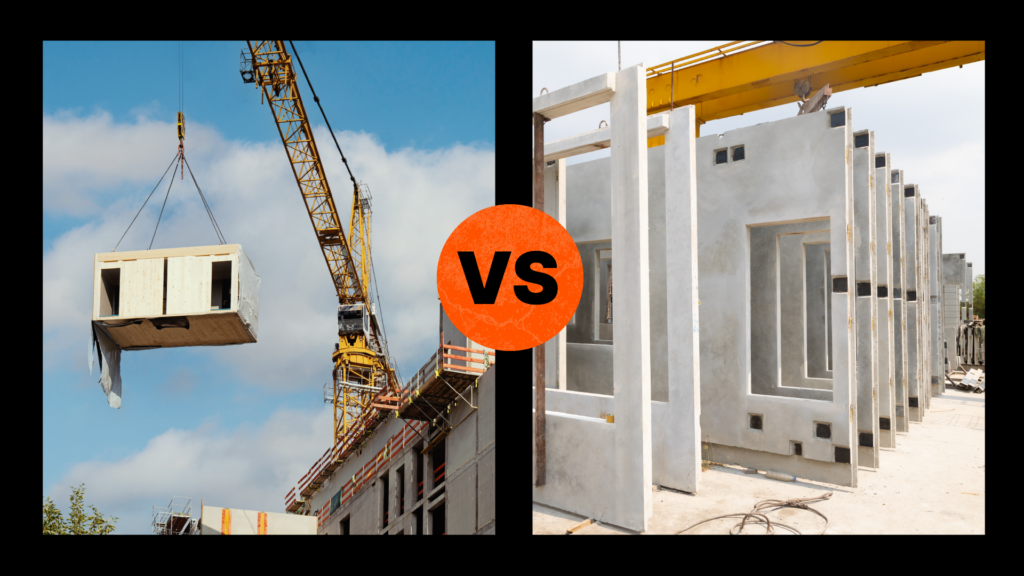— 8 min read
Construction on Tribal Land: Balancing Cultural & Regulatory Complexities
Last Updated Oct 15, 2024
Last Updated Oct 15, 2024

Construction projects on tribal land present unique challenges, but their success hinges on a simple measure: Are they carried out with respect for cultural traditions and regulatory requirements? Achieving successful outcomes on these types of projects opens a world of opportunities for community development and infrastructure improvements, but they often require a nuanced approach.
This article explores the key considerations for construction on tribal land, tips for managing these projects effectively and how collaboration and cultural sensitivity play pivotal roles in success.
Table of contents
1. Coordinate with tribal, federal & state authorities to address complex authority structures.
Construction on tribal land requires working closely with multiple layers of authority, each with its own rules and expectations. Tribal sovereignty means that tribal governments have their own regulations, which may differ significantly from those set by federal or state agencies. Federal bodies like the Bureau of Indian Affairs (BIA) and the Department of the Interior (DOI) also play significant roles in overseeing these projects.
Managing these authority structures is important for maintaining regulatory compliance and ensuring smooth project execution. This involves understanding the interactions between different authorities, meeting all legal requirements and keeping clear communication channels open with all governing bodies involved. By doing so, construction teams can prevent delays and align the project with the expectations of each governing entity.
2. Clarify client & stakeholder expectations.
Before starting any construction project on tribal land, it’s important to clarify and identify all key stakeholders. While the official client (often a federal agency) may oversee the project, the end-users — typically the tribal community — have specific needs and expectations that might differ from those of the federal agencies.
Defining stakeholder roles early in the project sets the stage for smooth execution. Engaging with the tribal community helps ensure their voices are heard in the planning and design process, aligning the project with their cultural and practical needs. If the project’s goals do not reflect the community’s needs, it can lead to dissatisfaction and delays.
Balancing the interests of both the client and the community requires ongoing dialogue and careful planning. This approach will help make sure the final project serves all parties effectively, leading to a more successful outcome.
3. Respect & integrate cultural traditions.
When working on construction projects on tribal land, it’s important to recognize that cultural traditions play a significant role in the community’s way of life. Understanding and respecting these traditions is not just a matter of courtesy; it’s a foundational aspect of building trust and fostering strong relationships with the community.
Learning about local customs and rituals before the project begins is one way to demonstrate this respect. For example, certain tribes may expect offerings to be made to local leaders or spiritual figures, such as a medicine man, before breaking ground. These offerings are seen as a sign of respect and acknowledgment of the land’s cultural significance.
Misunderstandings can easily arise if cultural expectations are not recognized and respected. Overlooking local customs or rituals can create uncertainty and strain relationships with the community. Being aware of these cultural practices and integrating them into the project plan is important for building trust and ensuring smooth interactions. By showing respect for cultural traditions, the construction team can build a solid foundation of trust that benefits the entire project.
4. Anticipate & plan for challenges in remote areas.
Construction on tribal land often occurs in remote locations, which can pose significant logistical hurdles. These challenges include the distance from urban centers, limited access to supplies and the scarcity of nearby housing for workers. In many cases, projects involve not just constructing buildings but developing essential infrastructure such as roads, utilities and communication networks, which adds further complexity to the planning process. Effective planning is necessary to mitigate these issues and keep the project on schedule.
One of the primary challenges is the sheer distance from major cities or suppliers. These locations are not easily accessible, which means that everything — from construction materials to everyday necessities — takes longer to procure and transport to the site. The procurement process must account for these extended timelines to avoid significant disruptions to the construction schedule.
Housing for labor is another pressing issue in these areas. Often, there are no nearby accommodations, requiring workers to live on-site or travel long distances daily. This can be both costly and logistically complicated, as it demands the creation of temporary housing facilities, such as trailers or temporary lodges, that need to be equipped with essential services.
Supply chain management is also complicated by the remoteness of these sites. Regular deliveries can be inconsistent, making it necessary to stockpile resources on-site to avoid delays.
A comprehensive logistical plan should account for these factors: extended procurement timelines, adequate worker housing and potential supply chain disruptions. By anticipating these issues and preparing accordingly, project managers can reduce delays and control costs associated with working in isolated areas.
Addressing these logistical challenges head-on helps make sure the project progresses smoothly, even in the most remote locations. With thorough planning, construction teams can manage the complexities of remote site work and maintain project momentum.
Courses about construction.
For construction.
Unlock your career potential with our free educational courses on Health & Safety, Data in Construction, and more.
5. Adapt permitting processes to comply with diverse jurisdictional requirements.
While navigating authority structures involves understanding the roles and responsibilities of different governing bodies, managing regulatory and permitting complexities focuses specifically on the detailed processes required to obtain necessary approvals and maintain compliance throughout the project.
On tribal land, the regulatory landscape is shaped by a mix of tribal, federal and state laws. Each of these jurisdictions may have its own permitting processes, safety standards and environmental regulations. The Authority Having Jurisdiction (AHJ) may vary depending on the specific aspects of the project, adding another layer of complexity to the regulatory landscape.
One key aspect of this process is engaging with quality control representatives, particularly from federal agencies like the BIA or the DOI. These representatives oversee compliance with federal standards and can act as partners in navigating the regulatory maze. Their involvement helps make sure that the project adheres to the strict guidelines required by federal regulations while also respecting tribal laws and customs.
Permitting, in particular, can be a more drawn-out and complex process on tribal land compared to state or private land. Starting the permitting process early and maintaining regular communication with relevant authorities can prevent unexpected delays.
Focusing on these regulatory and permitting complexities with careful attention to detail helps avoid legal pitfalls, ensuring that the project remains on solid footing from breaking ground to project closeout.
6. Foster strong collaborative relationships.
Collaboration is fundamental to the success of construction projects on tribal land. The unique challenges of remote locations, complex authority structures and cultural considerations require a united team. Building and maintaining strong working relationships with all stakeholders — architects, engineers, local labor and tribal representatives — are key to navigating these challenges and ensuring the project’s success.
Clear communication and shared goals are the foundation of effective collaboration. When all parties understand the project’s objectives and potential obstacles, they can work together more seamlessly to address any issues that arise. This is particularly important on tribal land, where diverse stakeholders bring their own priorities and expectations, adding layers of complexity to the project.
Maintaining continuity in relationships across multiple projects can also enhance outcomes. Working with the same teams — architects, engineers and local labor — across different projects builds a deeper understanding of each other's work styles and expectations. This familiarity fosters trust, improves teamwork and streamlines decision-making, making it easier to handle the unique challenges that arise.
Consistent collaboration helps project teams develop a rhythm and mutual understanding, reducing the learning curve on new projects and allowing for the application of lessons learned from previous experiences. This approach leads to more efficient and effective project execution.
Additionally, building strong relationships with local labor and tribal representatives is important for gaining community support and ensuring that the project aligns with the needs and expectations of those directly impacted. By fostering strong partnerships, construction teams can create a unified approach to project execution, resulting in a smoother process and a successful outcome.
7. Prioritize environmental stewardship and long-term sustainability.
When constructing on tribal land, it’s important to honor the deep cultural and spiritual connections that many tribal communities have with the environment. This means integrating sustainable practices into every phase of the project. Minimizing environmental impact through careful site selection, responsible sourcing of materials and protecting natural resources are key steps to align with the community’s values.
Equally important is ensuring that the infrastructure will stand the test of time and continue to serve the community effectively. This involves planning for long-term maintenance and sustainability right from the design phase. Engaging the community by training local members to manage and maintain the infrastructure assures that the project remains beneficial for years to come.
By prioritizing both environmental stewardship and long-term sustainability, construction projects can enhance their positive impact on the community. This approach protects the environment and sets up the project to be a lasting asset, supporting the community’s needs and values for future generations.
Supporting Tribal Sovereignty Through Thoughtful Construction
Constructing on tribal land involves more than just meeting technical and regulatory requirements. It requires a thoughtful approach that respects cultural traditions, carefully navigates complex authority structures, and addresses the logistical challenges of remote locations.
By approaching these projects with sensitivity and careful planning, construction teams can create outcomes that are both effective and enduring. Success is measured not only by the quality of the structures built but by the positive and lasting impact on tribal communities, making sure that the work supports their traditions as well as current and future needs.
Was this article helpful?
Thank you for your submission.
0%
0%
You voted that this article was . Was this a mistake? If so, change your vote here.
Scroll less, learn more about construction.
Subscribe to The Blueprint, Procore’s construction newsletter, to get content from industry experts delivered straight to your inbox.
By clicking this button, you agree to our Privacy Notice and Terms of Service.
Categories:
Tags:
Written by
Nichole Carter
View profileTaylor Riso
73 articles
Taylor Riso is a marketing professional with more than 10 years of experience in the construction industry. Skilled in content development and marketing strategies, she leverages her diverse experience to help professionals in the built environment. She currently resides in Portland, Oregon.
View profileExplore more helpful resources

Mission Critical Construction: Strategies for Success
Mission critical construction involves building structures whose functions cannot afford to fail, as any disruptions can lead to significant consequences for society. Keeping data centers, hospitals, power plants and other...

Modular Construction and MEP: A Collaborative Pairing
In an age of supply chain disruptions, workforce shortages, and rising material costs, off-site construction — including modular construction methods and prefabricated materials — is surfacing as a multipurpose solution....

Connected Construction: Transforming the Industry Through Integration
Construction projects are becoming increasingly complex, so companies need to innovate to accurately and profitably complete these modern structures. Connected construction — using technology and data to improve communication, processes...

Off-Site Construction: Prefab vs. Modular
As the construction world becomes ever more competitive, deadlines get tighter and the margin for error gets slimmer, project owners around the world are always looking for an edge. Thanks...